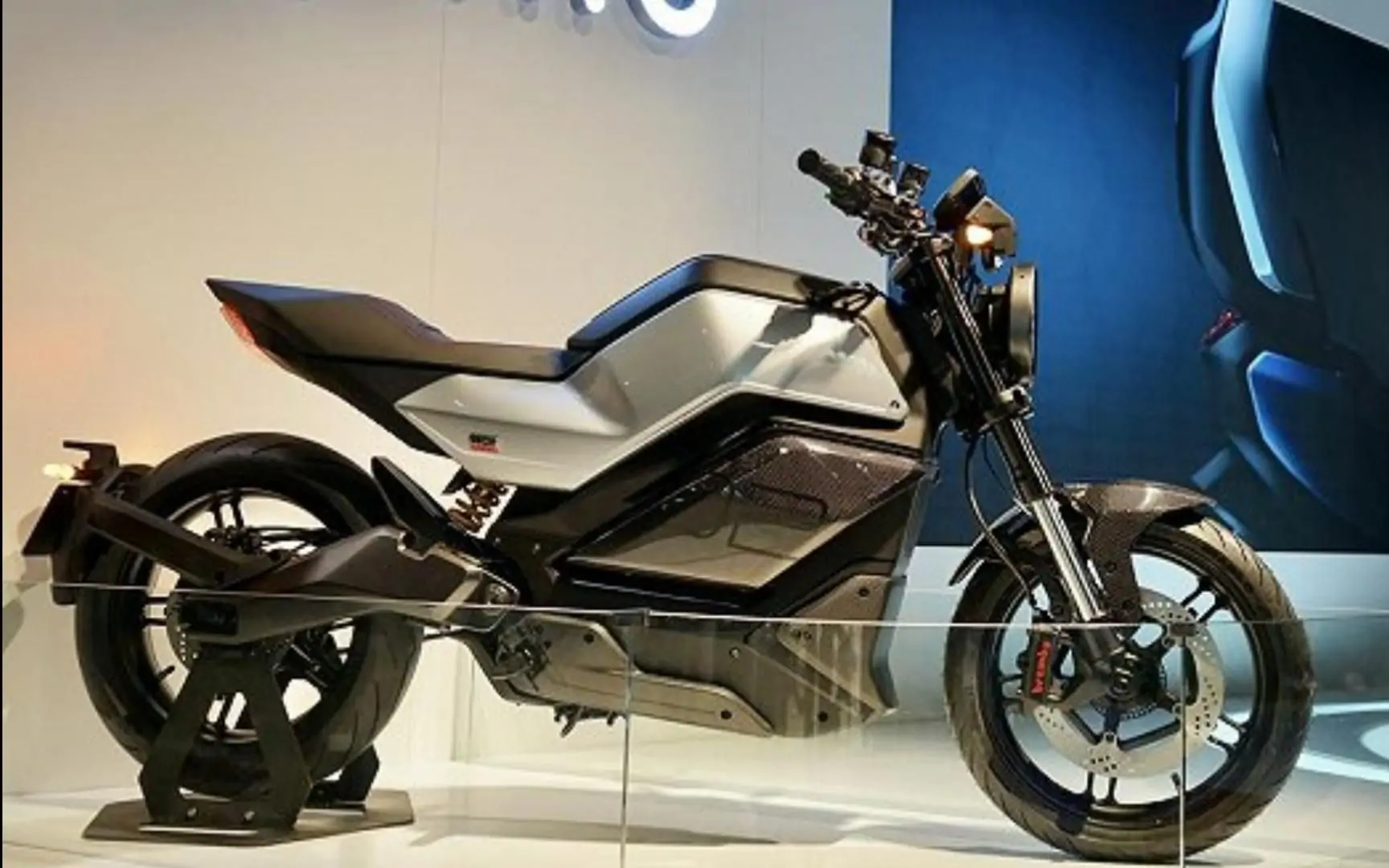 |
Welcome To Evlithium Best Store For Lithium Iron Phosphate (LiFePO4) Battery |
 |

As motorcycles evolve from the traditional bicycle, they inherit the key feature of being a convenient and flexible mode of transportation. Electric motorcycles, in particular, offer the freedom of barrier-free commuting throughout the day, sidestepping the hassles of public transportation during peak hours. They represent an enhanced version of bicycles, extending the personal travel radius significantly, making them perfect for both urban and rural commutes. Given that city dimensions rarely exceed 30 kilometers across, the 40-kilometer range of electric motorcycles suffices for most household needs.
Motorcycles trump cars in maneuverability and parking ease, navigating through traffic jams and tight spaces effortlessly. This convenience is why many households opt to keep an electric motorcycle alongside their car. At the heart of a motorcycle's utility is its battery, with lithium batteries being the top choice due to their superior performance. This article delves into the proper charging techniques for lithium motorcycle batteries, ensuring optimal performance and longevity.
Choosing the Correct Charger is crucial to maintain your lithium motorcycle battery's health. Different lithium batteries require chargers based on their voltage, capacity, and ampere specifications. Using an incorrect charger can either overcharge or underpower your battery, causing damage.
Voltage Matching: Most motorcycles use 12-volt batteries, necessitating a compatible charger. Using a charger with a higher voltage than your battery can lead to overcharging and damage.
Determining Battery Voltage can be done by checking the battery's label, consulting your motorcycle's manual, using a voltmeter, or researching online to ensure you select a charger that matches your battery's specifications.
Ampere Hour Consideration: A charger's amperage affects charging speed. While a high-amp charger can speed up the process, it might shorten the battery's lifespan if used excessively.
Charger Types: Smart chargers are ideal for hassle-free charging, adjusting the charging mode based on the battery's condition and maintaining it at an optimal level to prevent overcharging. Trickle chargers, on the other hand, require monitoring to prevent overcharging, as they continuously charge until disconnected.
Choosing a Charging Location depends on the length of your charger's cable and where your motorcycle is parked. While you can charge the battery in situ, removing it for charging is advisable for safety and convenience. Always disconnect the negative cable before the positive to prevent short circuits.
Charging a large battery like that of a motorcycle requires caution to avoid risks such as electric shock and exposure to toxic vapors.
Before Charging, ensure the ignition is off, wear protective gloves, and clear the area of flammable substances. Familiarize yourself with the charging process to minimize risks.
Avoid charging in direct sunlight or right after driving to prevent overheating. Charge your battery promptly after use to counteract the vulcanization process and maintain its health. Lithium batteries don't require special activation methods; regular use and charging will suffice.
Using the Correct Charger is non-negotiable; always use a charger designed for lithium batteries. If in doubt, consult with the battery manufacturer or purchase a replacement from an authorized dealer.
Charging Duration: Overcharging can harm your battery, so it's advisable to disconnect the charger once the indicator turns green, usually after an additional 1-2 hours. Although lithium batteries lack memory effect, adhering to recommended charging times helps maintain battery health.
Avoid Undercharging and strive to keep the battery in a lightly cycled state for enhanced longevity. Charging in High Temperatures should be avoided; excessive heat can degrade battery capacity. Opt for a cool, ventilated environment for charging.
Regular Charging: If not using your motorcycle for extended periods, disconnect the battery and charge it periodically to prevent self-discharge. Storing the battery with at least 50% charge and topping it up monthly is ideal.
Charger Maintenance: If the charger heats up unusually during charging, inspect for short circuits or poor contacts. Oxidation on the plug terminals should be cleaned immediately to ensure efficient charging.
Following these guidelines will help you maintain your lithium motorcycle battery in optimal condition, ensuring reliable performance and extended lifespan.
Edit by editor
All Rights reserved © 2025 Evlithium Limited